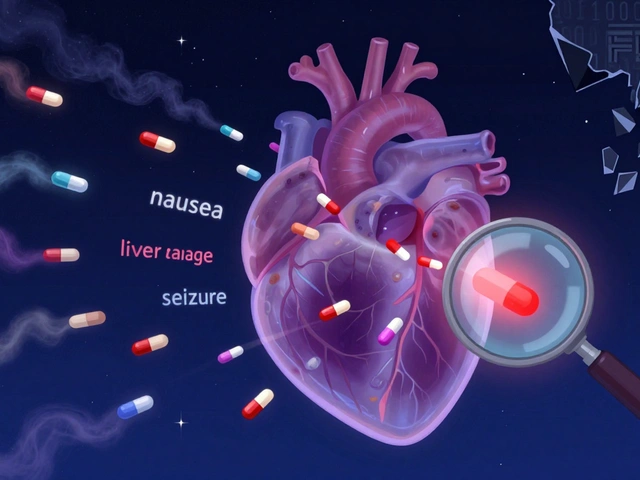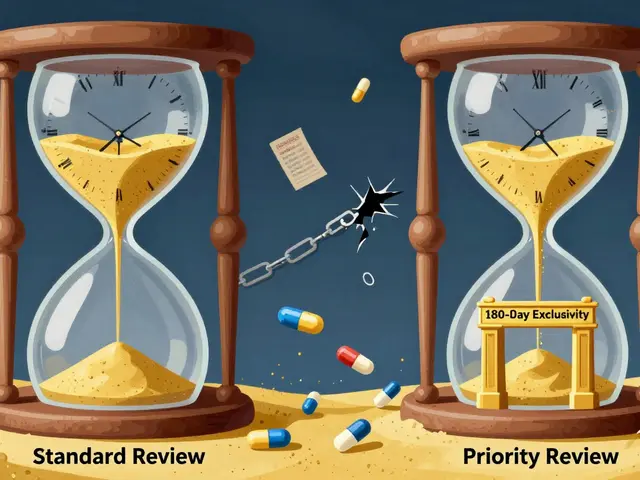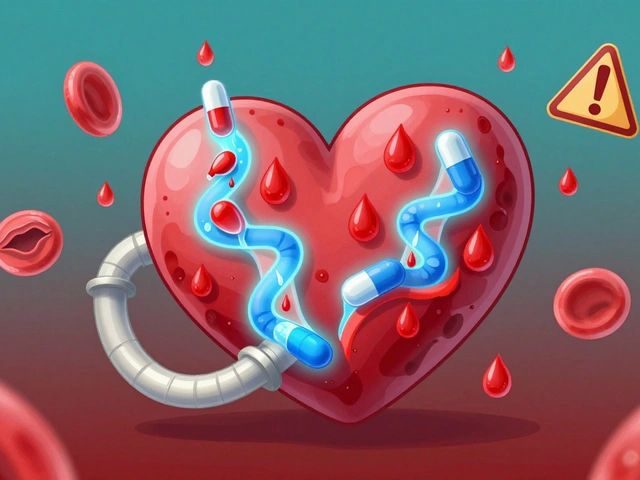Cholesterol treatment: what actually works and what to expect
High cholesterol quietly raises your risk of heart attack and stroke. The good news: proven treatments cut that risk. This page gives clear, practical steps — from lifestyle moves you can start today to the main medicines doctors use and how to monitor progress.
Medications: what works and what to expect
Statins are the first-line treatment for lowering LDL (the “bad” cholesterol). They reduce heart events and are usually the best choice unless you have a specific reason not to take them. Common side effects include muscle aches and rare liver changes; most people tolerate statins well. If muscle pain occurs, tell your doctor — they can change the dose or try a different statin.
Not everyone reaches target LDL on statins alone. Ezetimibe is a pill that blocks cholesterol absorption and often adds 15–20% more LDL lowering. Bile acid sequestrants (like cholestyramine) and fibrates target different problems — fibrates help mainly with very high triglycerides. For people at very high risk or with genetic high cholesterol, PCSK9 inhibitors (injectable drugs) and newer medicines like bempedoic acid can lower LDL a lot but cost more.
Some supplements—omega-3s at prescription doses—help lower high triglycerides. Niacin used to be common but is rarely recommended now because of side effects and limited benefit on outcomes.
Practical steps, monitoring, and safety
Start with a fasting or non-fasting lipid panel to know your LDL, HDL, and triglycerides. Your doctor will calculate your overall risk to decide if medicine is needed now. If you start a statin, expect a follow-up lipid test in 4–12 weeks to see how well it’s working, then every 3–12 months after that.
Watch for warning signs: unexplained muscle pain, dark urine, new jaundice, or sudden weakness. These need quick evaluation. Routine liver tests are often checked before starting treatment and only repeated if symptoms appear or if doses change.
Lifestyle changes matter. Cut saturated and trans fats, add soluble fiber (oats, beans), and eat more vegetables, nuts, and oily fish. Aim for 30 minutes of moderate exercise most days, lose weight if you’re overweight, and stop smoking. These steps make medicines work better and sometimes reduce the dose you need.
Pregnancy is special: most cholesterol drugs, including statins, are not recommended. Talk to your doctor before planning pregnancy. Also be cautious buying meds online — only use licensed pharmacies and always keep a valid prescription.
Want to keep costs down? Generic statins are effective and cheap. If you struggle with side effects, cost, or adherence, speak up. Your doctor can switch drugs, adjust doses, or suggest programs to help you afford treatment. Treating cholesterol is a team effort — you, your clinician, and a plan that fits your life.
Vytorin: Uses, Side Effects, Dosage, and How It Works for Cholesterol
Vytorin is a combination medication widely used to treat high cholesterol. This article covers how Vytorin works, who should use it, what side effects might pop up, and tips for safe use. It also explores patient experiences, things to avoid while on the medication, and practical advice for making the most of this cholesterol fighter. Easy language, practical tips, and real insights make it useful whether you’re just curious or considering this drug for yourself.






